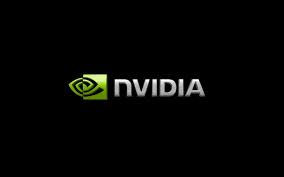News
Nvidia unveils the new Maxwell and Volta
Nvidia unveiled its next generation Maxwell and Volta graphics chips at the GTC 2013 (GPU Technology Conference) in California.
These are the successors to the Kepler platform used in the current line of Quadro graphics cards, including the K5000 and its four recently launched new models.
Maxwell
Its biggest improvement will be the incorporation of unified virtual memory, which will allow GPU memory to be able to read CPU memory and vice versa, so shared memory resources will make it easier for developers to create applications.
Linking these memory resources will make it easier for GPUs and CPUs to share multiple threads and ensure that workloads and their ramifications are handled and executed correctly.
In addition, Nvidia also wants to bring the Maxwell architecture to mobile devices with a new chip called Parker, with Tegra processors. It will be Nvidia’s first 64-bit ARM-based chip and will have 3D transistors, thus improving performance on these devices while maintaining battery life.

Volta
It will follow Maxwell, in a higher category, and will improve in its overall efficiency and access speed. Its main novelty is based on a new chip design, which consists of stacking the DRAM (Dynamic Random Access Memory) directly on the silicon substrate around the CPU. Connecting the DRAMs together will produce a much higher bandwidth (Nvidia claims that it will be possible to reach one terabyte per second, which would be up to three times more than at present).
Kayla
Nvidia also showed Kayla, a Tegra 3 motherboard, which creates a new low-power GPU combined with ARM processors and designed for those who want to create their own CUDA-compatible applications.
Kayla is capable of real-time tracing, generating accurate images by tracing light paths. It supports CUDA 5, Open GL and PhysX.
The new architectures are expected to arrive in late 2013 or early 2014, so we will have to wait for more details.


